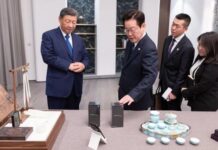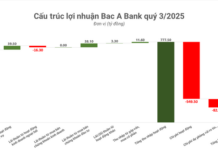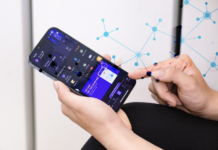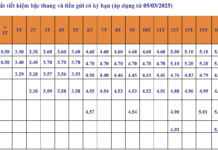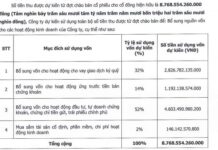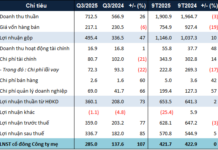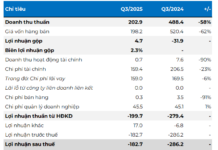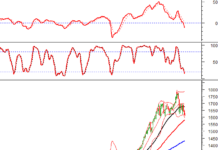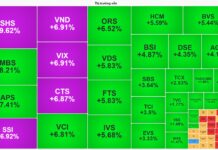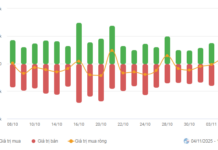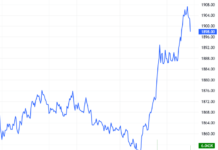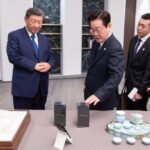Which Phone Has the iPhone Shaking in Its Boots?
Huawei is all but dead in the American smartphone market after facing sanctions nearly five years ago. But in China, the company is giving Apple its biggest run for its money.
Beyond home-field advantage, there’s no denying that Huawei’s success has come thanks to the company making some fantastic-looking phones with great cameras and unique features.
You’ll find these traits yet again on the new Huawei P70 series, launched in China as the successor to last year’s photography-focused P60 lineup.
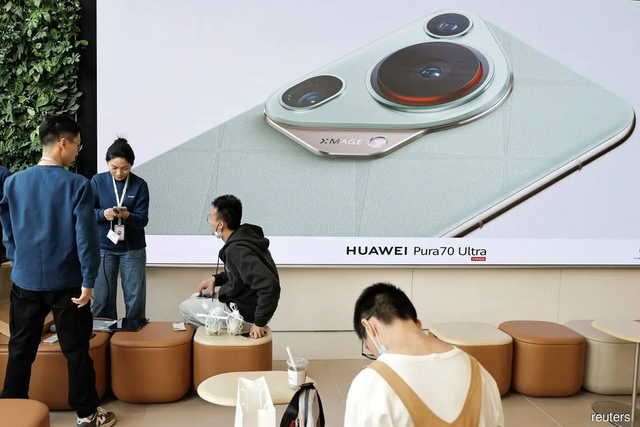
The Huawei P70 series comes in four flavors: the P70, P70 Pro, P70 Pro+, and P70 Ultra. As a camera-focused lineup, the devices sport distinctive triangular camera arrays, while the top-of-the-line Ultra even boasts a retracting lens module not unlike a digital camera.
The P70 Ultra also packs a massive 1-inch 50-megapixel sensor. Huawei says the Ultra has a super-fast shutter that can capture moving objects traveling at speeds of up to 300 kilometers per hour.
The other three phones, meanwhile, offer main cameras with the same resolution but in a smaller 1/1.3-inch format. All of the phones feature physical apertures that can adjust the amount of light let in. And with the exception of the base P70, you also get a dedicated 40MP super-macro camera with up to 35x magnification.
Another standout P70 Ultra feature is its embossed leather finish, reminiscent of luxury handbags. All four phones sport 6.8-inch OLED displays with adaptive refresh rates ranging from 1Hz to 120Hz.
Other niceties include 100-watt wired fast charging and 80W wireless fast charging on the Ultra, Pro+, and Pro models, while the vanilla model maxes out at 66W wired.
And speaking of batteries, the Ultra packs a slightly larger 5,200mAh cell compared to 5,050mAh for the others. Unlike Apple, Huawei is being generous by including a charger in the box.
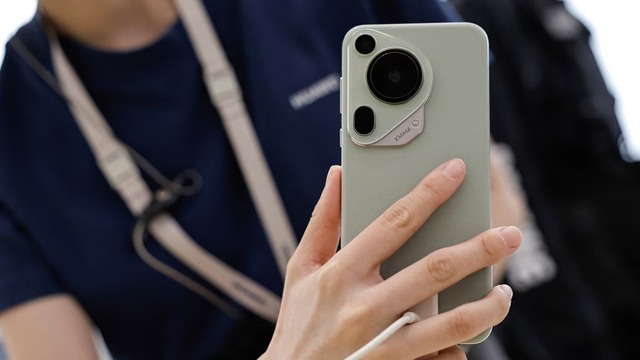
Features That Outshine the iPhone
On paper, Huawei’s new phones look every bit as good as the upcoming iPhone 15, if not better in some respects. One of the most intriguing features on the P70 Ultra is Satellite+, which lets users send images over satellite when there’s no cellular connection.
This could prove invaluable should one find themselves, say, stranded in the wilderness and unable to get service by normal means.
In keeping with satellite limitations, images sent this way will be heavily compressed, likely resulting in distorted or blurry visuals. You should thus only use this feature in an emergency situation.
To use it, both the sending and receiving phones need a specific app called Changlian. If a recipient’s phone doesn’t have it, they’ll simply see a regular text message.
Huawei’s beyond-basic satellite messaging feature feels like an important step in not just relaying one’s location to emergency services but also enabling more robust communication.
Apple’s own recently introduced iPhone satellite connectivity is groundbreaking and has already been credited with saving lives. Huawei is clearly ramping up the competition, and it will be interesting to see if Apple and its other rivals respond in kind.
In terms of pricing, Huawei is right there with the top flagship models. The Ultra, with its top-shelf specs, starts at around $1,400. Meanwhile, the base P70 sells for about $760.
The phones won’t be sold in the US due to the sanctions. But after perusing the impressive specs and design, Digital Trends’ Tushar Mehta said he “truly wish[es] I had the option to buy the Ultra, no matter how expensive it might end up being.”

